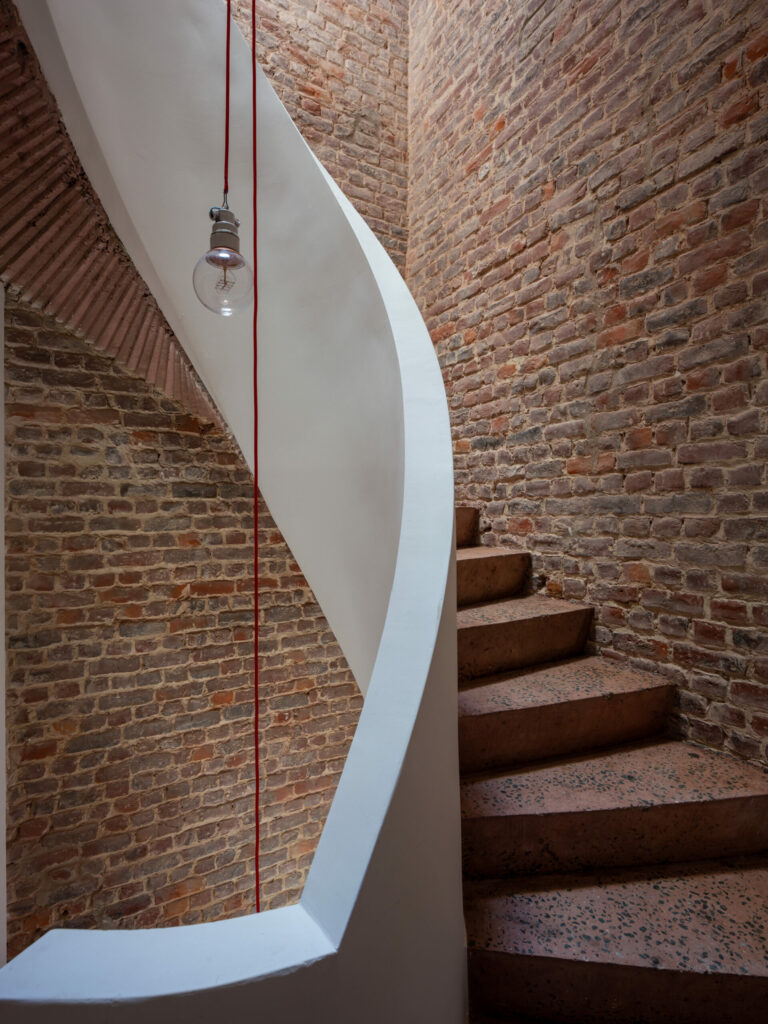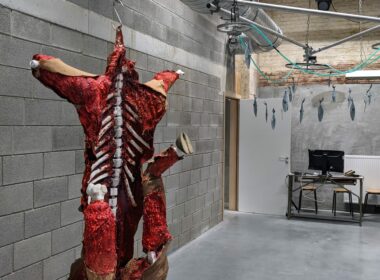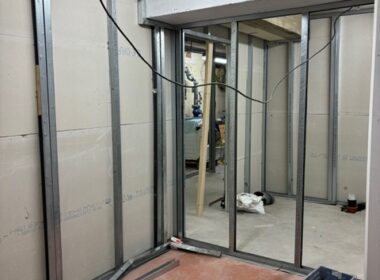Before discussing the “demateriality” of architecture, a notion as intriguing as it is ambivalent, perhaps we should first agree on what we mean by materiality.
In our discipline, materiality refers neither strictly to matter, nor exactly to material. It designates something else: an experience, a presence, a concrete quality resulting from the arrangement of materials.
Matter can be considered as a raw element, not yet determined or transformed for a specific use. It is defined as that which has mass and occupies volume. It is the primary resource, before any constructive intention.
A material, on the other hand, is already oriented towards a use; it has been chosen, modified, calibrated for its properties, according to a purpose. So there is transformation, or rather intention.
For example, a shell is matter as long as it houses the shellfish. It becomes a material as soon as we plan to crush it, grind it, sieve it and use it to build an apron, as an alternative to concrete. Its essence hasn’t changed, but its status has.
Last but not least, materiality comes from the implementation. It is the emergence of a perceptible quality from a unique arrangement of materials. It appeals to the senses, perception and use. It’s what makes a space resonate, vibrate, breathe, resist or fade away. What’s more, materiality is not just a consequence of the project: it can also be its starting point.
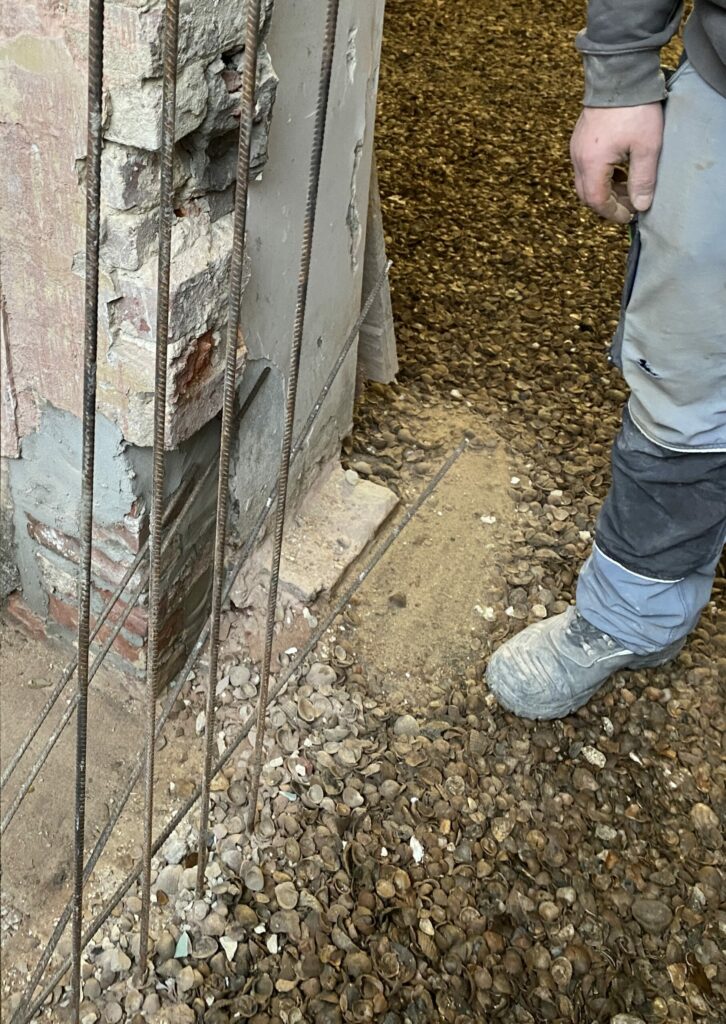
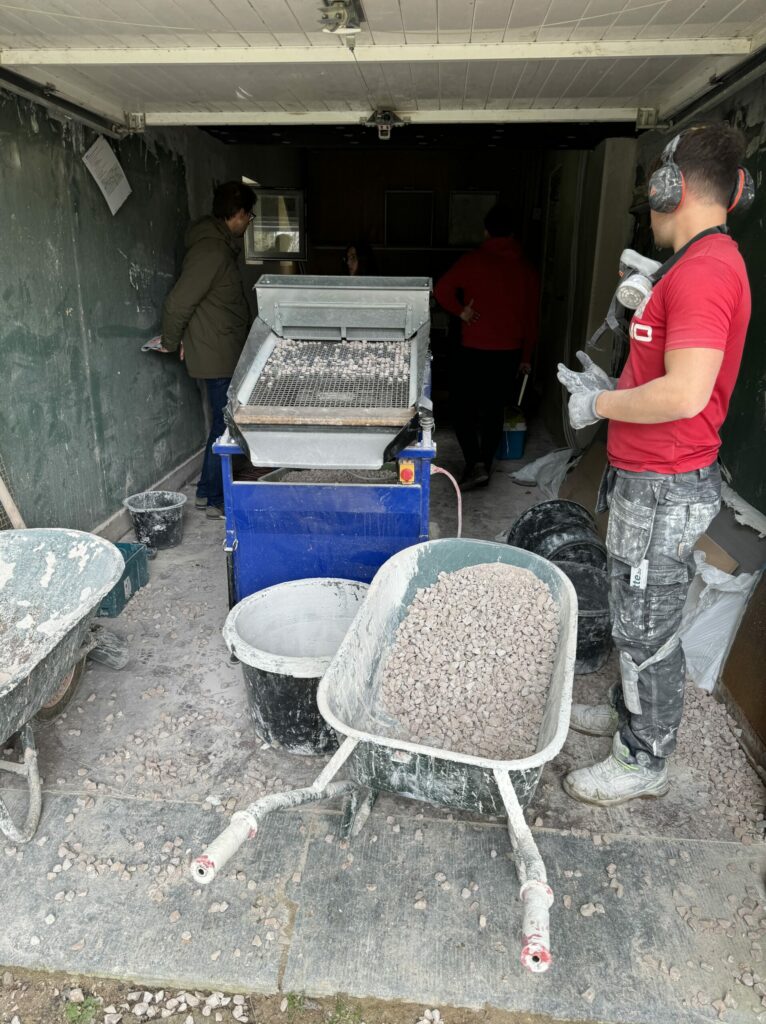
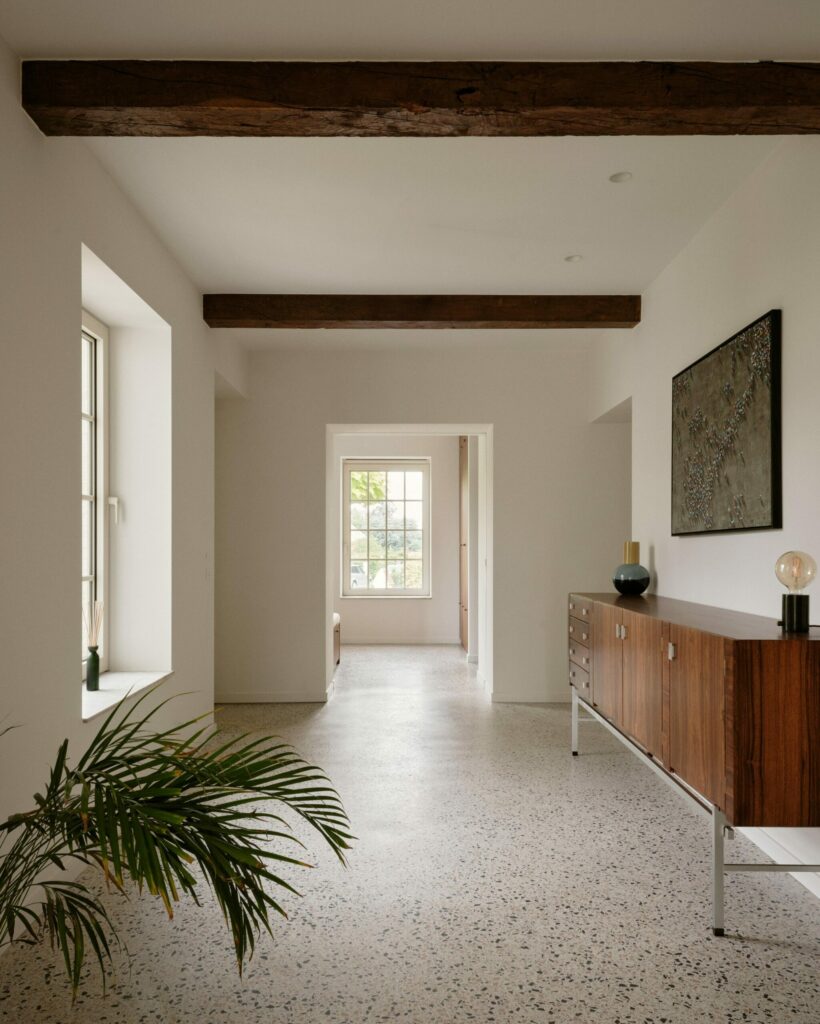
One less materiality
So where does demateriality fit into all this? In subtraction. Not a disappearance of the material, but a fairer, more strategic, more economical use. A desire to do more with less, to make the most of what’s already there. A form of restraint, sometimes radical, that enhances the essentials.
This means:
- less material: build sparingly, reuse, divert, reveal.
- fewer layers: reduce superimposed systems, go for the finished raw material, the material that is good enough as it is.
- less maintenance: through simple, robust, low-tech technologies, capable of operating without ongoing support.
This “less” is not a loss: it’s the quest for intelligence.
It’s all about paying attention to what already works, and favouring sustainability over demonstration.
A practice between myth and reality
We are graduates of the year 2000.
A round, almost symbolic figure.
And yet, fundamentally, our practice hasn’t changed that much. It remains like the crest of a ridge, in an unstable balance between utopia and pragmatism. What has evolved is how we conduct ourselves.
Today, we’re guided by common sense. A form of perceptible rationality. We don’t seek to impose a truth, but rather, we welcome stories, constraints, contexts and resources. Architecture is not a dogma; it’s a dialogue. A balancing act between ambition and reality.
Utopia has become myth, in the noblest sense of the word: a founding story, a direction to follow.
Realism, on the other hand, is rooted in the reality of the site, the climate, the budget and time.
Resilience, adaptability, resistance
In a world of limited resources, every project becomes an equation.
To stimulate our plasticity, our sense of form, space and emotion, using the means available.
This sometimes involves
- giving up the highest levels of performance in favour of resilience,
- choosing adaptable, repairable and understandable solutions,
- favouring low-tech devices over complex, energy-intensive, transient systems,
- disobeying or deviating from standards and regulations dictated by performance,
Not creating unnecessary production, not over-prescribing. Observing, waiting, reacting appropriately.
Towards a new demateriality?
Yes, perhaps.
But then as a heightened awareness of materiality.
Like the art of making room, rather than filling it.
By navigating like cautious but curious sailors, with the discreet compass that is common sense.
